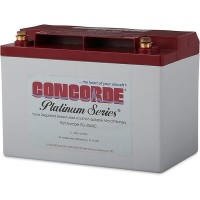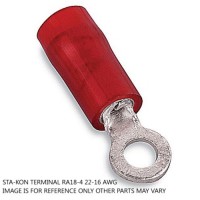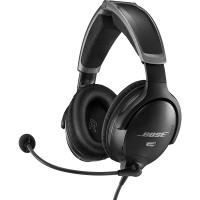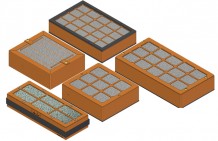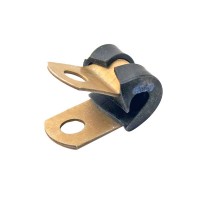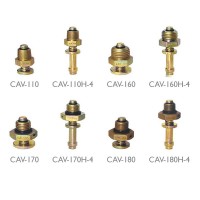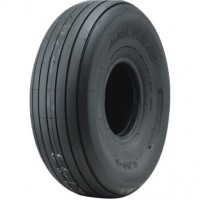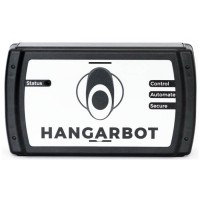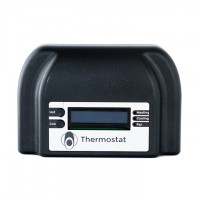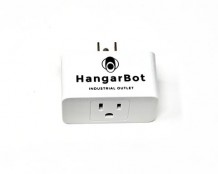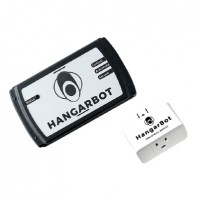SAME DAY SHIPPING ON ORDERS PLACED BY 4 PM VIA UPS | 877-288-8077
HangarBot Door Sensor 2.0
$259.99/Each
Part# 11-19082
MFR Model# HB-S-PR-2200
MFR Model# HB-S-PR-2200
Overview
|
Why do I need this? Your HangarBot Door Sensor and the connected HangarBot Hub (sold separately) provide peace of mind by alerting you of a possible breach or a door left open accidentally. Perfect for pilots that share, rent, or own a hangar. How is Hangarbot different? Designed by a pilot for pilots. With HangarBotís Door Sensor 2.0, you can now manage and monitor your flying experience in ways not previously possible with 1 simple app. The new and improved HangarBot Door Sensor is the perfect accessory to compliment your HangarBot Door Controller. Powered by rechargeable batteries that can last up to 6 months and can be placed a greater distance from the HangarBot Hub. |
WARNING: Cancer and Reproductive Harm - www.P65Warnings.ca.gov. |
Specifications
- Supply Voltage: 2.0 to 5.5VDC
- Detection Type: Magnetic Reed Switch (x2)
- Output/States: Open or Closed
- Power Button: Turn the unit on or off. Note: USB charging works in either state.
- Mode Button: Magnet Alignment
- Dimensions: (W x D x H) 2.25" x 4.5" x 1.5"
Requirements
- Pick a base station: HangarBot 4G Hub (I donít have Wi-Fi in my hangar) or HangarBot Hardwire Hub (I have Wi-Fi in my hangar)
- Smartphone running iOS 9 or higher or Android 4.1 or higher
- FREE HangarBot Mobile App (Latest Version)
- Cellular Data Plan or pre-existing Wi-Fi connection
Q&A
Please note, Pilotshop.com's personnel are not certified aircraft mechanics and can only provide general support and ideas, which should not be relied upon or implemented in lieu of consulting an A&P or other qualified technician. Pilotshop.com assumes no responsibility or liability for any issue or problem which may arise from any repair, modification or other work done from this knowledge base. Any product eligibility information provided here is based on general application guides and we recommend always referring to your specific aircraft parts manual, the parts manufacturer or consulting with a qualified mechanic.



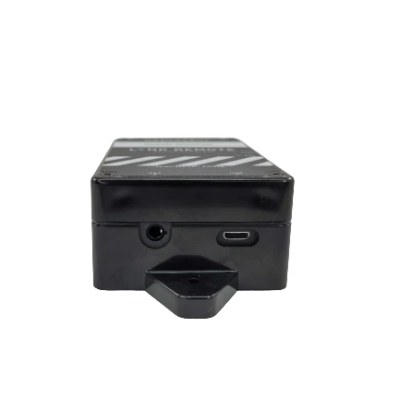

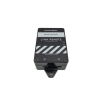

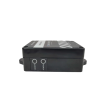





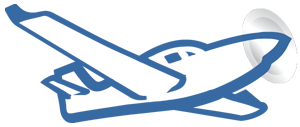 FREE Shipping
FREE Shipping

